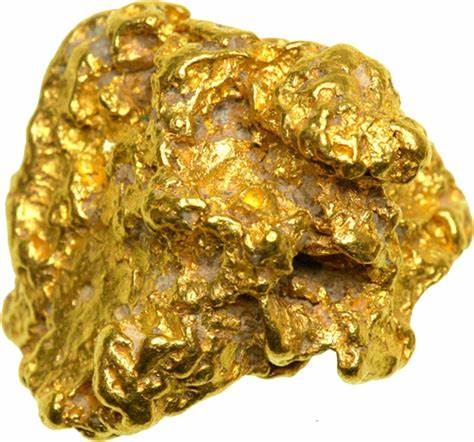Gold, the oldest precious metal cherished for millennia, boasts unique characteristics and plays diverse roles in global markets. Here’s a breakdown of its major attributes, the global supply-demand scenario, insights into world gold markets, and factors influencing market dynamics:
Key Characteristics:
- Gold is a versatile asset, serving both as a commodity and a monetary reserve, prized for its stability and enduring value.
- Its virtually indestructible nature ensures high rates of recovery and recycling, maintaining a constant stock over time.
- Unlike traditional economic consumption, gold’s stock remains stable as ownership shifts among parties.
- While gold mine production is relatively fixed, recycled gold provides a flexible supply source, helping stabilize prices.
Global Supply-Demand Scenario:
- Total above-ground gold stocks stand around 163,000 tonnes, with jewelry, official reserves, investment, and industrial use comprising major holdings.
- Jewelry accounts for the majority of annual gold demand, with investment and industrial sectors also significant drivers.
- Top gold consumers include India, China, USA, Turkey, Saudi Arabia, and UAE, each driven by distinct socio-economic factors.
- Global mine production remains stable, supplemented by recycling and official sector sales.
World Gold Markets:
- Over-the-counter (OTC) markets in London, New York, and Zurich, along with derivative exchanges in New York (COMEX), Tokyo (TOCOM), and Mumbai (MCX), serve as primary trading hubs.
- Istanbul, Dubai, Hong Kong, and Singapore serve as key gateways to major consuming regions.
Indian Gold Market:
- India leads global gold consumption, driven by cultural, religious, and investment factors, with significant imports due to limited domestic production.
- Despite fluctuations due to price increases, gold remains deeply embedded in Indian traditions and is valued as a savings and investment vehicle.
- Gold hoarding is prevalent, with unofficial stocks estimated to be substantial, influencing domestic consumption patterns.
- Domestic demand is influenced by seasonal factors such as monsoons, harvests, and wedding seasons, with urban competition from other investment avenues.
INDIA IN WORLD GOLD INDUSTRY
| Rounded figures | India (in Tons) | World (in Tons) | % Share |
|---|---|---|---|
| Total Stocks | 15000 | 160000 | 9 |
| Central Bank holding | 558 | 30,100 | 2 |
| Annual Production | 3 | 2450 | 0 |
| Annual Recycling | 250 | 1100 | 23 |
| Annual Demand | 700 | 3550 | 20 |
| Annual Imports | 600 | — | — |
| Annual Exports | 60 | — | — |
Market Moving Factors:
- Indian gold prices closely track international rates, with fluctuations in INR-USD exchange rates also impacting domestic prices.
- Globally, macroeconomic factors, supply-demand dynamics, currency fluctuations, and central bank actions drive gold prices.
- Shifts in official gold reserves and comparative returns from other markets influence investor sentiment.
- Domestic demand and prices are affected by seasonal factors like weddings, rural economic conditions, and comparative returns from other assets.
Understanding these factors is essential for navigating the complexities of the gold market, where global economics, cultural traditions, and market forces intersect.
MEASUREMENTS – WEIGHT CONVERSION TABLE
| To Convert From | To | Multiply By |
|---|---|---|
| Troy Ounce | Grams | 31.1035 |
| Grams | Troy Ounce | 0.0321507 |
| Kilograms | Troy Ounce | 32.1507 |
| Kilograms | Tolas | 85.755 |
PURITY
- Gold purity is measured in terms of karats and fineness
- Karat: Pure gold is defined as 24 karat
- Fineness: Parts per thousand
- Thus, 18 karat = (18/24)th of 1000 parts = 750 fineness





















+ There are no comments
Add yours